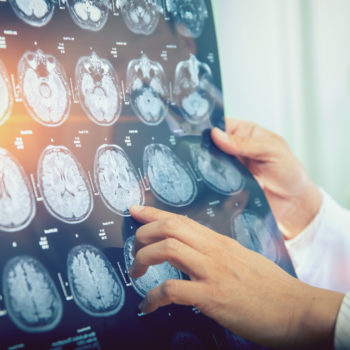To say that anxiety and phobias, i.e. irrational fears, are born in the brain seems almost like an oxymoron, since these negative emotions seem anything but rational. “And yet, explains Dr. Elisabetta Menna, researcher at Humanitas and the Institute of Neuroscience of the CNR, it is precisely a nervous circuit that is responsible for phobias and attacks of anxiety”. A recent study has identified how the circuit between the amygdala and PTV, the paraventricular nucleus of the thalamus, plays an important role in the generation of anxiety and phobias. The amygdala is the “emotional” gland, located in the middle of the brain, which feels the dangers and prepares to face them. PTV, on the other hand, is a brain area that is very sensitive to stress from the external environment. However, there is another element that intervenes in this path: the protein BDNF (Brain-derived neurotrophic factor) would have a fundamental role in the management of anxiety and fear, since it allows PTV to control the amygdala and warn it if there is a real danger or not. By modifying protein levels, through a pharmacological treatment, perhaps one day it will be possible to regulate the circuit and resolve the conflict between the amygdala and PTV that generates anxiety and fear. Therefore, it could be possible to say goodbye to panic and anxiety attacks, phobias and all related disorders that ruin the quality of life. Moreover, the direct action on the BDNF protein could also be useful to treat diseases such as schizophrenia and bipolar disorder.

Articles by
Food & diet
Healthy eating also helps memory
Men's health









